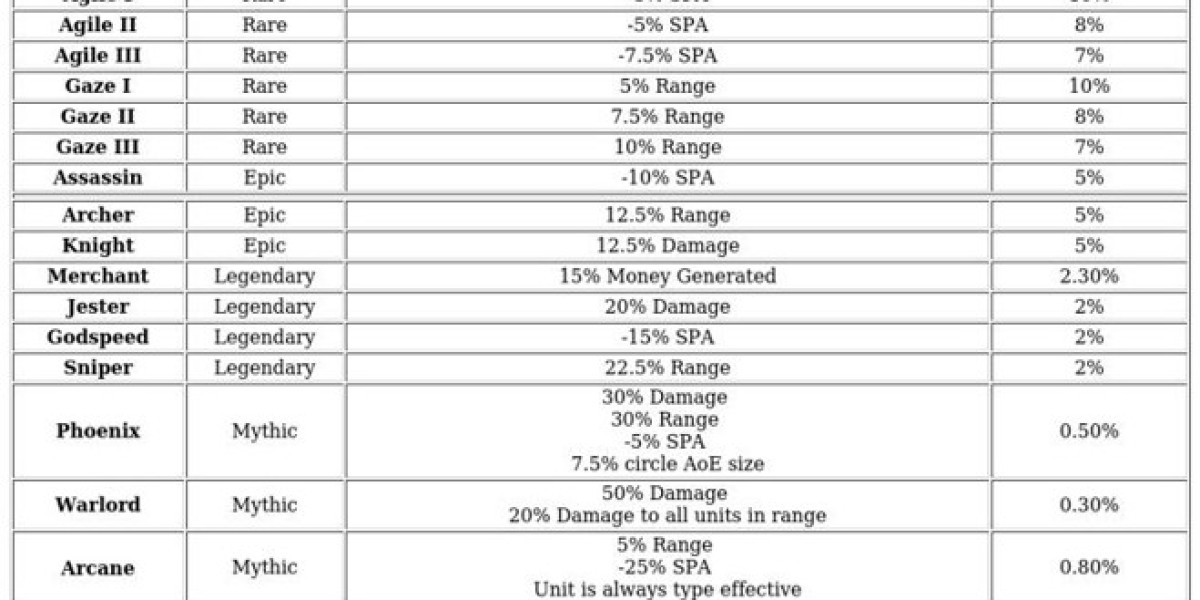Unlocking Quality: What Really Makes a Steel Pipe Supplier Certified?
In the world of construction and manufacturing, the integrity of materials is paramount. Steel pipes are crucial components that ensure the structural stability and safety of various applications, from plumbing to industrial frameworks. With the stakes so high, the importance of sourcing these materials from certified steel pipe suppliers cannot be overstated. Certification serves as a formal acknowledgment that a supplier meets the stringent quality standards required in the industry, thus ensuring reliability and safety. In this article, we will delve into what makes a steel pipe supplier certified and the intricate certification process that upholds the quality of these essential products.
Understanding Certification in the Steel Pipe Industry
Certification in the steel pipe industry refers to the process by which suppliers are evaluated against specific standards set by recognized organizations. This process is critical in establishing credibility and ensuring that the products meet certain quality benchmarks. Various certifications exist, including ISO 9001 for quality management systems, API certifications for oil and gas applications, and ASTM standards that specify material properties and testing methods. Each certification signifies that the supplier adheres to rigorous quality control measures, thereby instilling confidence in customers regarding the integrity and safety of their products. It's not just a piece of paper; it reflects a commitment to excellence that can make a significant difference in project outcomes.
The Certification Process: Steps to Becoming Certified
Becoming a certified steel pipe supplier is no small feat; it involves a rigorous process that ensures compliance with industry standards. The journey typically begins with an application, where the supplier outlines their operations and quality management practices. This is followed by extensive documentation, where records of production, testing, and quality control measures are compiled. Next, an inspection is conducted by an accredited body to evaluate the supplier's facilities and practices. This step is crucial, as it allows for a firsthand assessment of the supplier's adherence to the required standards. Following the inspection, testing of the products takes place to confirm they meet the specified quality criteria. Each of these steps plays a vital role in maintaining high standards and ensuring that only the best suppliers earn certification.
Key Standards and Regulatory Bodies
Several key standards and regulatory bodies play essential roles in the certification process of steel pipe suppliers. Organizations like ASTM International and the International Organization for Standardization (ISO) establish the benchmarks that suppliers must meet. For instance, ASTM standards provide guidelines for materials, testing methods, and specifications, while ISO standards ensure quality management practices are consistently upheld. Regulatory bodies enforce these standards, ensuring compliance and promoting consumer safety. By aligning with these established standards, suppliers not only enhance their credibility but also contribute to the overall integrity of the steel pipe industry, ultimately benefiting end-users.
Benefits of Choosing Certified Steel Pipe Suppliers
Sourcing materials from certified steel pipe suppliers offers numerous advantages that can significantly impact project success. Firstly, certified suppliers provide enhanced quality assurance, ensuring that the materials meet all necessary specifications and performance criteria. This reduces the risk of failures or defects, which can lead to costly repairs or project delays. Additionally, working with certified suppliers ensures compliance with regulatory requirements, which is crucial in industries where safety is paramount. My friend, an experienced project manager, often emphasizes that choosing certified suppliers has saved him from potential disasters on job sites, highlighting how certification can protect both the project and its stakeholders. Ultimately, certification serves as a reliable indicator of quality, making it a vital consideration for anyone involved in procurement.
Challenges in the Certification Process
While certification offers clear benefits, suppliers often face a range of challenges in obtaining it. The costs associated with achieving and maintaining certification can be significant, particularly for smaller suppliers who may struggle to allocate resources for compliance. Additionally, the time required to navigate the certification process can lead to delays in production and delivery. Maintaining compliance can also be a continuous challenge, as standards may evolve, requiring suppliers to adapt. However, there are strategies to overcome these hurdles. Suppliers can invest in training and development to streamline the certification process, engage with consultants who specialize in compliance, and prioritize quality management practices to ensure they meet standards without excessive costs or delays.
Importance of Certification in Steel Pipe Procurement
In summary, the certification of steel pipe suppliers is a critical aspect of ensuring quality and safety in construction and manufacturing. By understanding the certification process and the standards involved, buyers can make informed decisions that significantly impact the success of their projects. Choosing certified suppliers not only enhances quality assurance but also aligns with regulatory requirements, ultimately safeguarding investments and promoting project integrity. As the industry continues to evolve, prioritizing certification in procurement decisions will remain a vital strategy for those committed to excellence.









